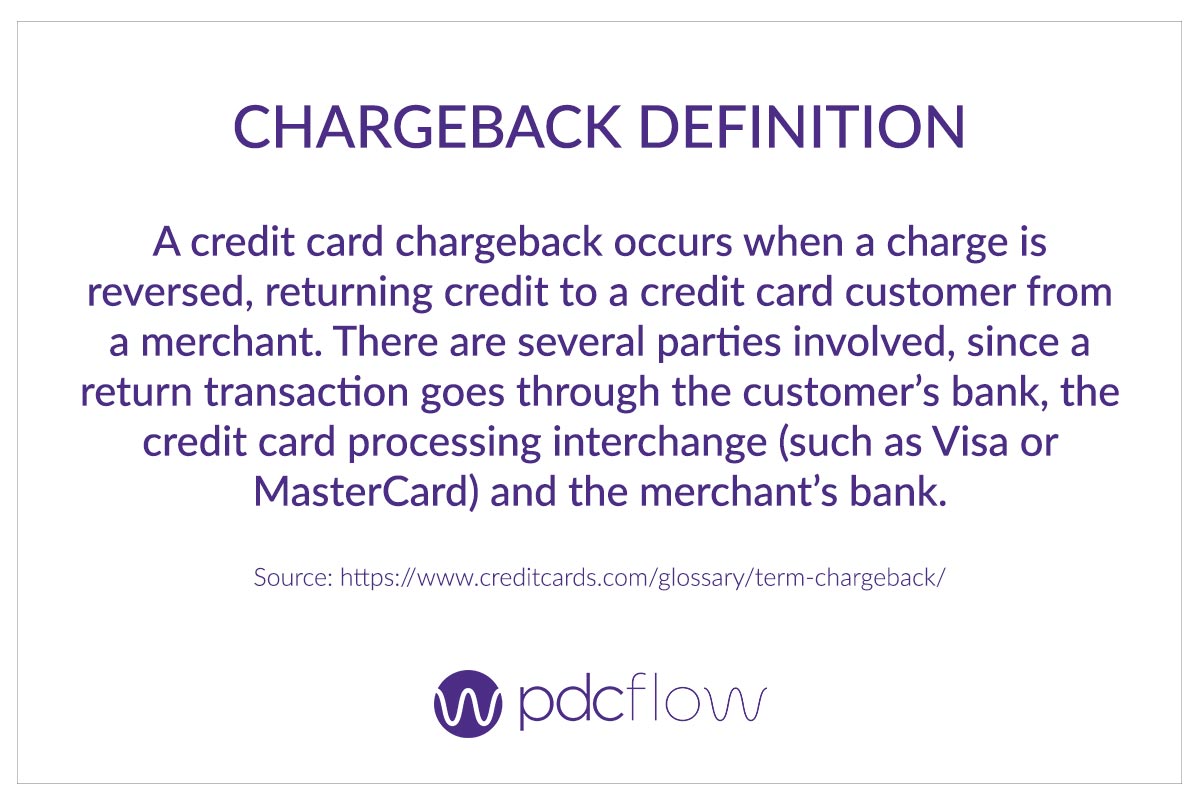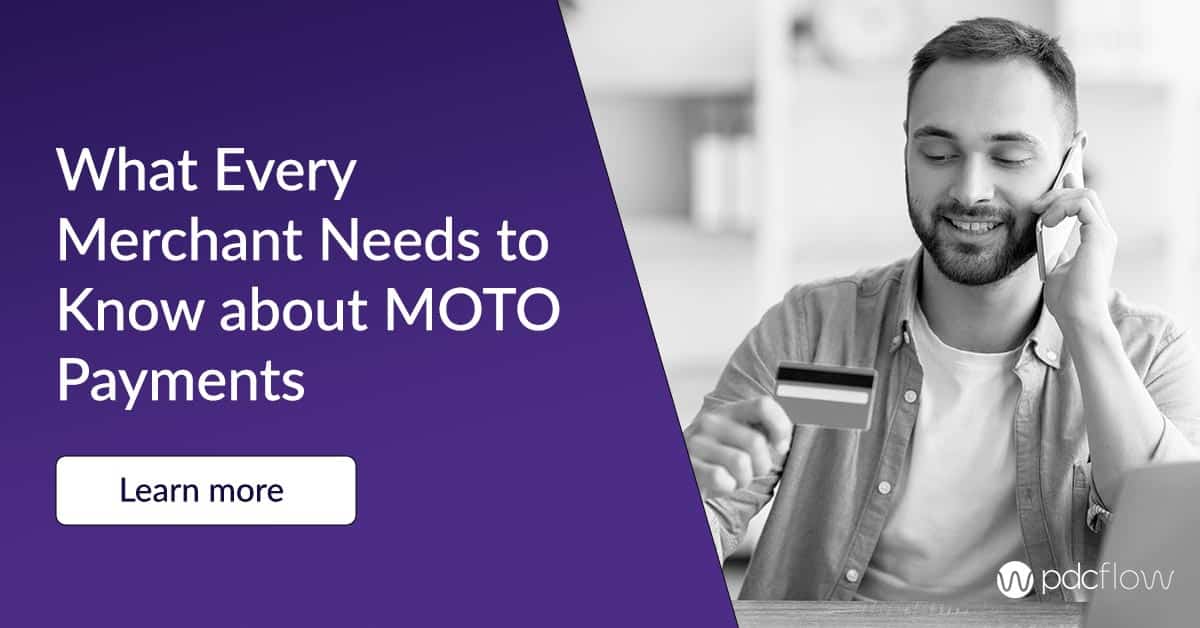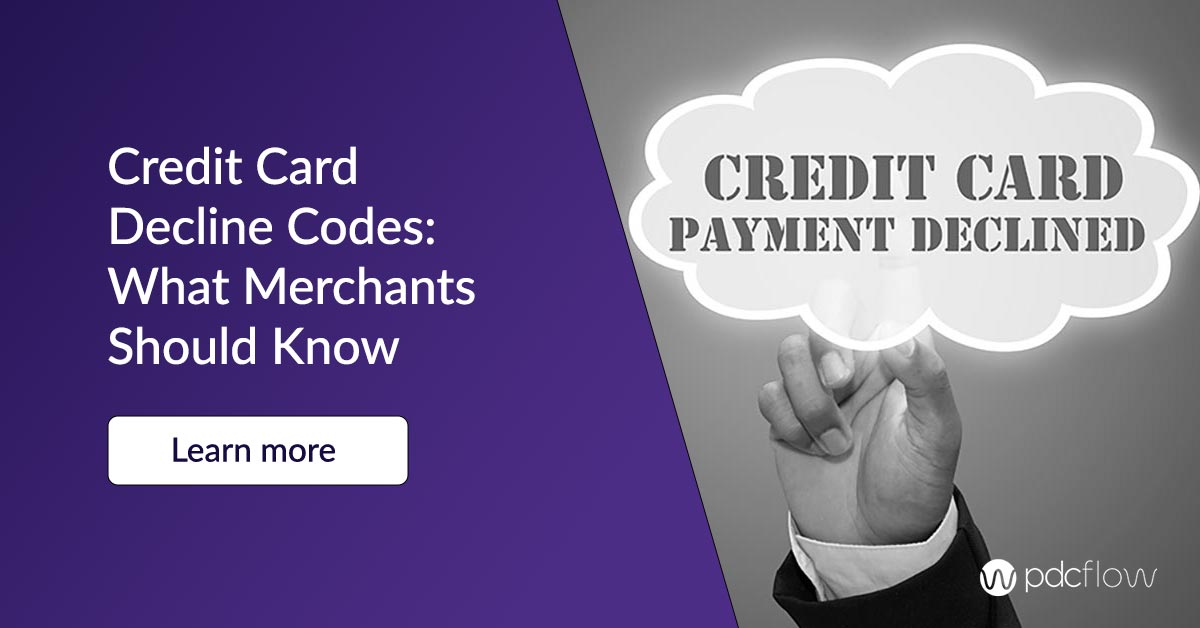EMV, better known as credit card chip technology, has revolutionized what it means to take a secure card payment during a card present transaction. The computer chip embedded in many new credit cards makes cloning card data much more difficult, deterring fraud.
But what advancements in technology have been created for merchants in a card not present environment? How can a business obtain a secure, authenticated payment when the customer and merchant are not face-to-face?
This level of security and card not present (CNP) fraud prevention can be easily achieved through a digital signature solution paired with accepting credit card payments.
Prevent Card Not Present Fraud with Digitally Signed Payment Consent
Esignature technology has been evolving for several years, but not every option offers a secure, compliant answer to the challenge of secure card not present transactions.
Here are a few items a digital signature combined with credit card payment processing software should offer to protect both merchants and their customers.
Dual Authentication
Dual authentication is an advanced method that ensures secure information can only be accessed by the intended parties. Look for a signature product that pairs email or mobile phone access of the signer with a second step of verification – a ‘shared secret.’
This secret can be, for example, a PIN provided on a billing statement. It must be a code only the sender and the receiver of the digital signature and payment would know.
Just as a card chip makes it much harder to reproduce or skim card data for fraudulent transactions, dual authentication makes it much more difficult for the wrong person to make a card not present transaction.
Geo-Location Tracking
Many merchants also wish to prevent fraud in a card absent environment because they open the door to chargebacks.
This fear can be mitigated by offering a payment method that pinpoints the consumer’s location at the time of the transaction.
If a consumer makes their payment from their listed home address, and authenticates the payment with a signature, it is much harder to claim the charge was a result of fraud.

Documented Audit Trail
An audit trail is a detailed record that documents a transaction between a merchant and a consumer. The more information this trail provides, the better chance there is of deterring a fraudulent transaction.
This is great for consumers, but a strong audit trail is also beneficial to merchants while fighting chargebacks. By using a payment processor that offers a detailed, easily accessible record of their transactions, merchants can protect their business and their consumers at the same time.
Capturing a Wet Signature
Comparing a cardholder’s signature with one obtained at the time of a transaction is a common safeguard to ensure a payment is authentic. While many solutions offer a way to obtain a signature, not all signatures hold the same weight.
For example, if a signer types their name into a document in order to authorize it, this is an ‘adopted’ signature. This does not count as a legal authorization in some cases.
For an authentication with payment, the best defense is a product that offers a legal, wet signature. This means that although a signature is digitally captured, it is completed with a touchpad or mouse, duplicating the consumer’s actual signature.
This is viewed with the same validity as a signature made on a signature pad on an in-store payment terminal or a pen on paper.

How PDCflow Software Prevents Card Not Present Fraud
PDCflow’s digital signature and payment product, Flow Technology, offers extensive security measures during the CNP payment process, providing merchants and their consumers with peace of mind.
Here are a few of the features that make the PDCflow payment experience easy, secure, and reliable:
CARD VERIFY FOR INITIAL FRAUD PREVENTION
When you are expecting customers to self-serve through online payment portals, you’re counting on them to key in account numbers correctly.
Sometimes customers mistype a card number and others may even try to commit fraud using your online payment page.
PDCflow’s Card Verify charges a $0 transaction to the consumer’s card to verify the card number is accurate.
STRONG AUDIT TRAIL FOR CHARGEBACK MINIMIZATION
While the PDCflow audit report is not strictly a chargeback fighting tool, it can work as a first line of defense for a merchant who needs to prove a transaction isn’t fraudulent.
Flow Technology can be used in conjunction with chargeback fighting services, or can provide extra help to smaller merchants that can’t afford a full-service chargeback fighting tool.
PDCflow’s cloud-based audit reports provide detailed information:
- dual authentication
- date and time stamp
- email and mobile phone number of the payer
- payment authorization language
- geo-location information
The reports are stored digitally within the PDCflow platform and are easily retrieved at a moment’s notice. Merchants no longer need to sift through paper documents and receipts when a chargeback is filed against their business and all the pertinent information is included in one place.
The detailed features of the report, including wet signature and geo-location of the signer are compelling pieces of evidence against fraudulent chargebacks (when a consumer simply doesn’t want to pay what they actually owe).
Being confronted with proof that a transaction took place at a consumer’s home or office, for example, is powerful. This proof can convince the consumer to discontinue their credit card chargeback claims or make it hard to dispute their authorization.
Flow Technology can also help mitigate friendly fraud chargebacks (when a consumer forgets they made a payment or don’t recognize how a business is listed on their bank statement).
Seeing the evidence of when and where a charge took place will jog their memory. Consumers will often agree that they did indeed authorize the charge in question after being provided with proof.
EASE OF USE
Ease of use is an important component of any signature and payment system.
The Financial Brand recently published an annual report that combined the results of a major global research study with insights crowdsourced from a panel of 100 financial services influencers, industry analysts and banking providers.
The number one Strategic Priority in 2018 is removing friction from the digital customer journey.
An effective product isn’t all PDCflow has to offer. With Flow Technology, initiating and completing a transaction is simple for both merchant and consumer, removing friction. Just two clicks are required. They only need to authenticate their identity, review the information, and click to submit.
Find out more about PDCflow Flow Technology and Payments. Talk with a PDCflow payment expert.





